Let there be 10 forest lands, denoted as
,
,
,
,
,
,
,
,
, and
. Of these, six forest lands of Chinese fir are denoted as
,
,
,
,
, and
, and four forest lands of pine are denoted as
,
,
, and
. Suppose that the decision-maker can autonomously select the preferred linguistic evaluation granularity within the linguistic term set of 3, 5, 7, 9, 11, and 13 granularities. It is assumed that decision-makers evaluate the standing timber quality of Chinese fir and pine forests on the basis of the attributes of diameter at breast height, length, straightness, absence of damage, roundness, and crown fullness, namely,
,
,
,
,
, and
, and obtain the probabilistic multi-granularity uncertain linguistic decision matrices
for the standing timber quality of Chinese fir forest lands and the standing timber quality of pine forest lands, respectively, where
and
are as follows.
Let the discourse domain
. The probabilistic multi-granularity uncertain linguistic decision matrix
is transformed into a trapezium cloud decision matrix
, where
and
are as follows, respectively.
In view of this, the integrated trapezium cloud was ranked, and the ranking relationships were obtained as and . As a result, by applying the trapezium cloud multi-attribute decision-making model proposed in this study, the ranking of standing timber quality of six Chinese fir forest lands and four pine forest lands was realized.
The core conclusions of this method can directly provide three types of practical support for forestry departments. First, prioritization of resource management and protection: Based on the quality ranking results (e.g., Chinese fir forest land and pine forest land have the best quality, while and have poor quality), departments can allocate limited management and protection resources to low-quality forest lands. For , which has problems of small diameter at breast height and poor straightness, targeted tending measures (such as thinning and trunk correction) can be carried out; for high-quality forest lands like , only regular monitoring is needed to maximize the efficiency of management and protection. Second, support for development and utilization decision-making: The value accounting results can assist in formulating logging quotas and ecological compensation standards. For high-value forest lands (such as ), “limited and sustainable logging” can be adopted, and the logging volume can be controlled according to the yield rate (0.8711) derived from the trapezium cloud to balance economic benefits and ecological protection. Third, simplification of the evaluation process: Instead of relying on expensive measurement instruments, departments can only train front-line staff to collect probabilistic multi-granularity uncertain linguistic information and then substitute this information into the method to complete the evaluation. This greatly reduces the cost of large-scale forest land surveys and the damage to trees and is especially suitable for remote forest lands where instrument measurement is difficult to carry out.
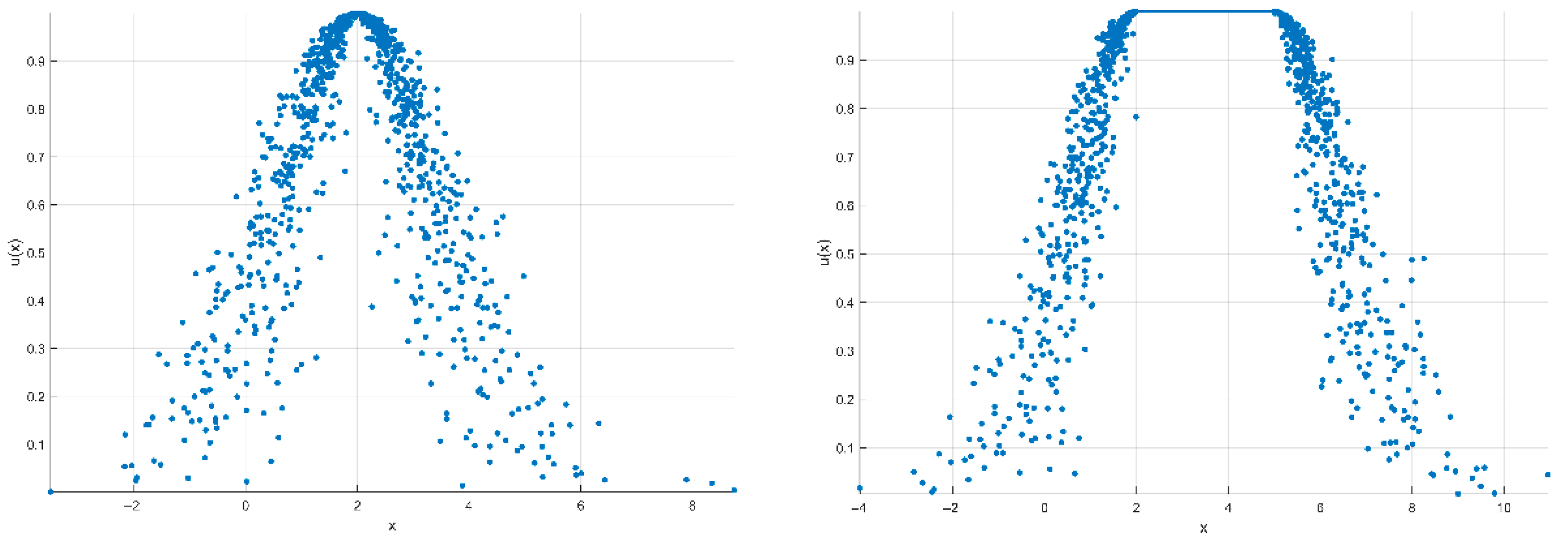
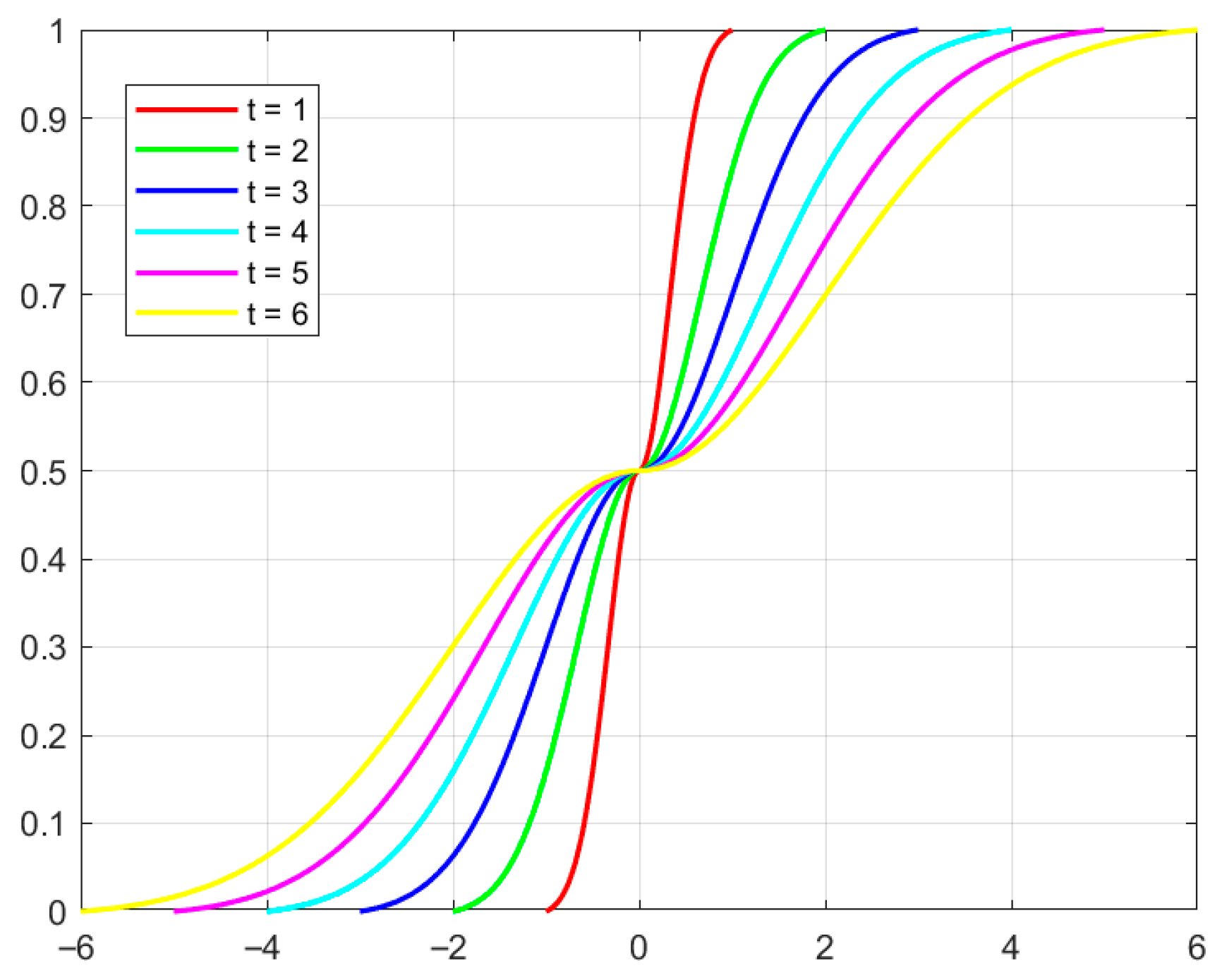
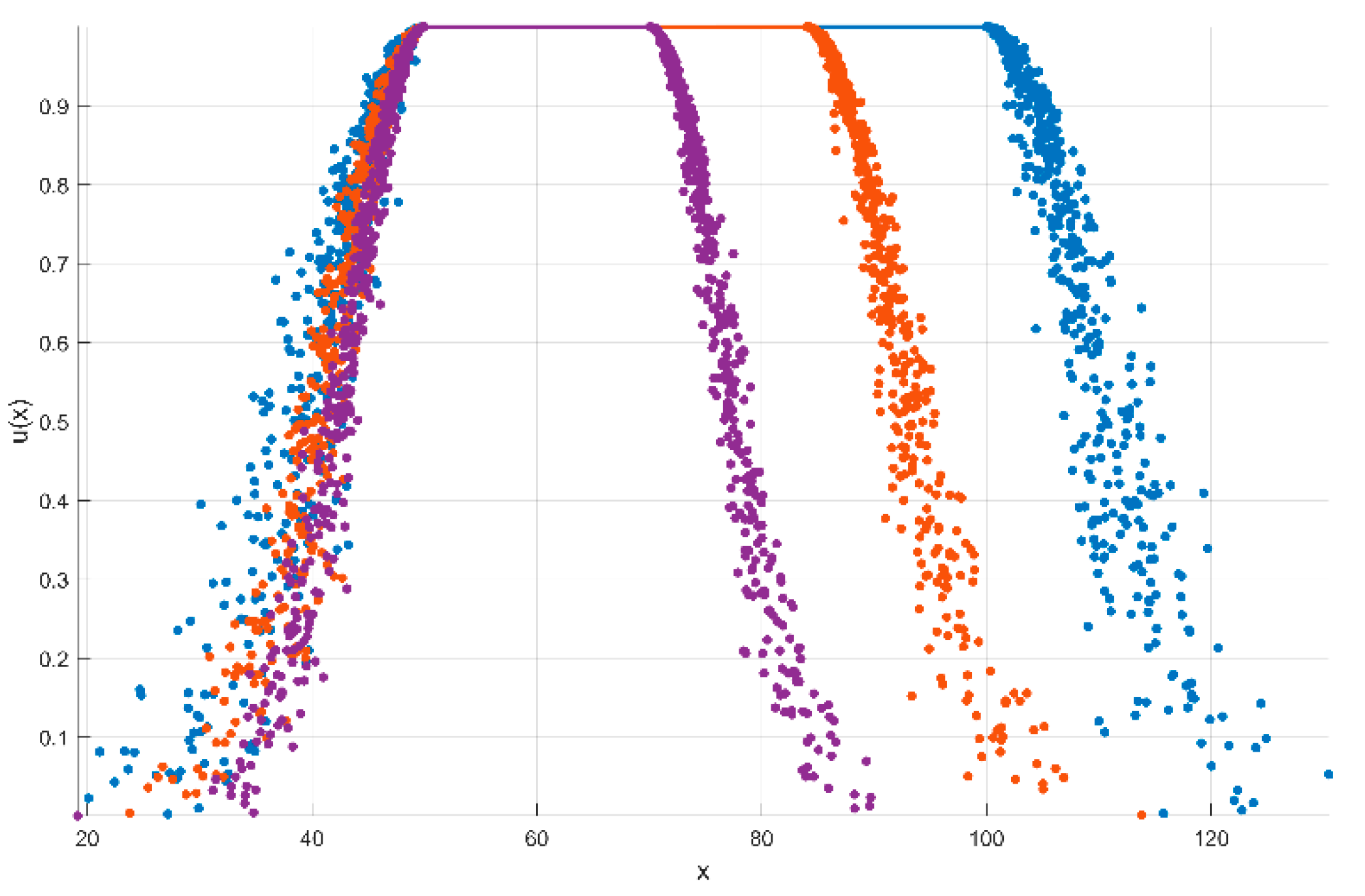
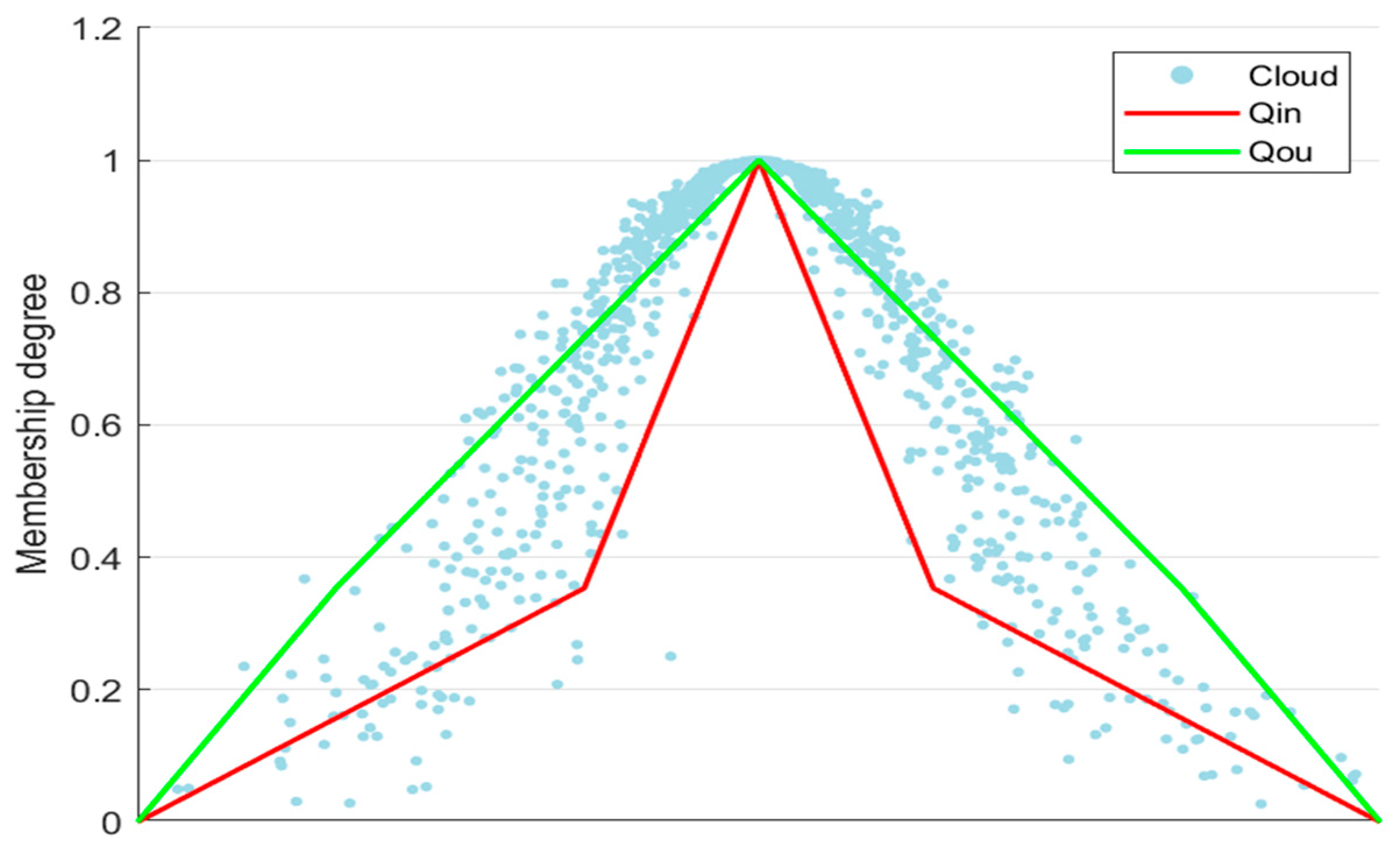
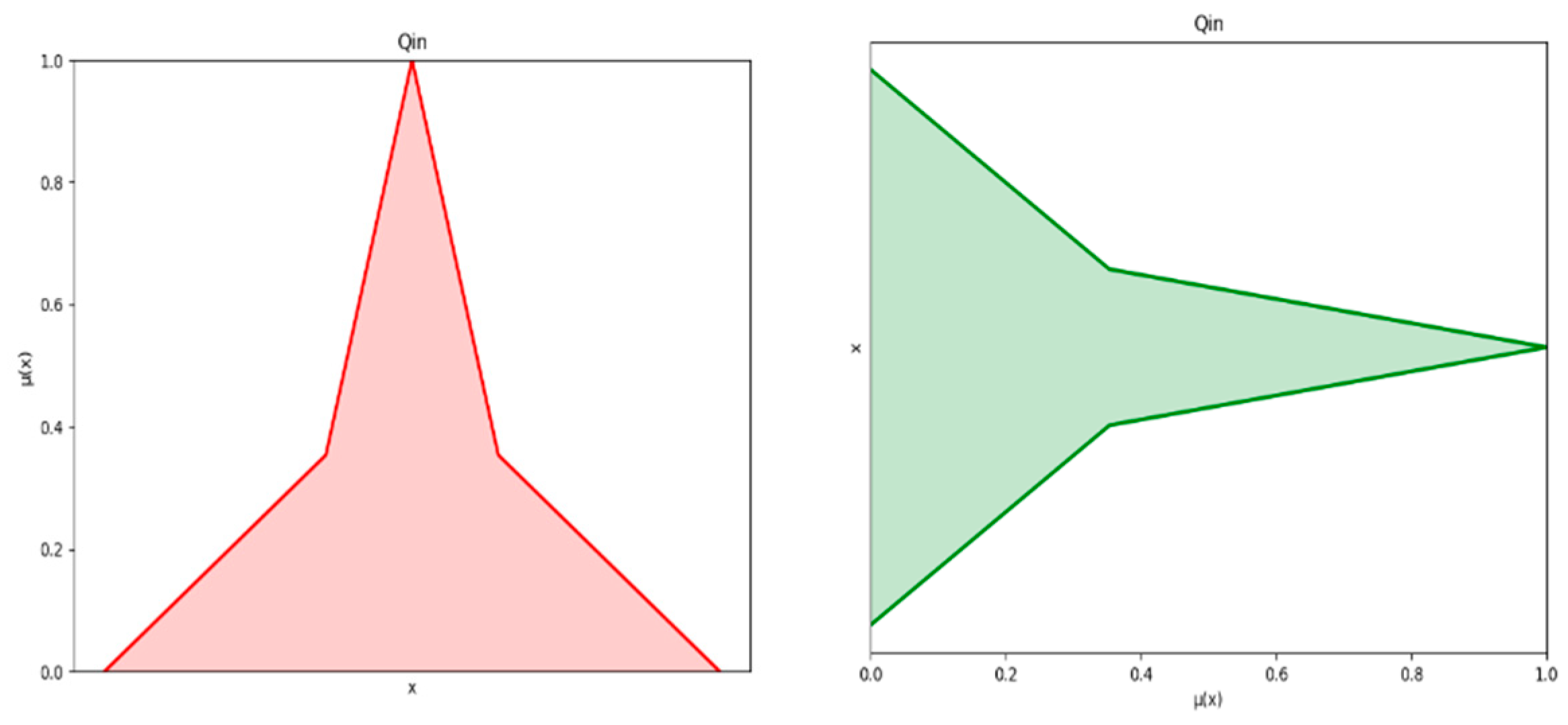
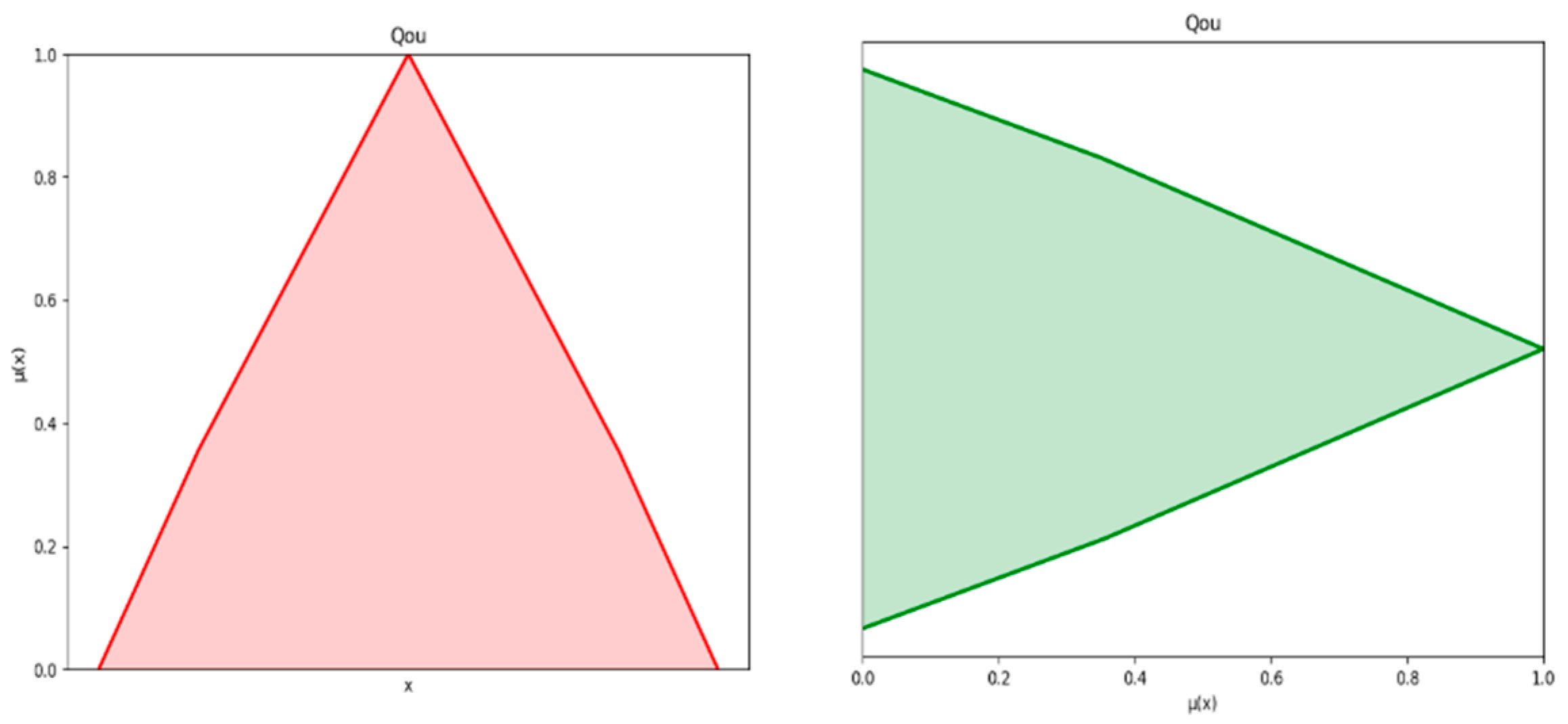
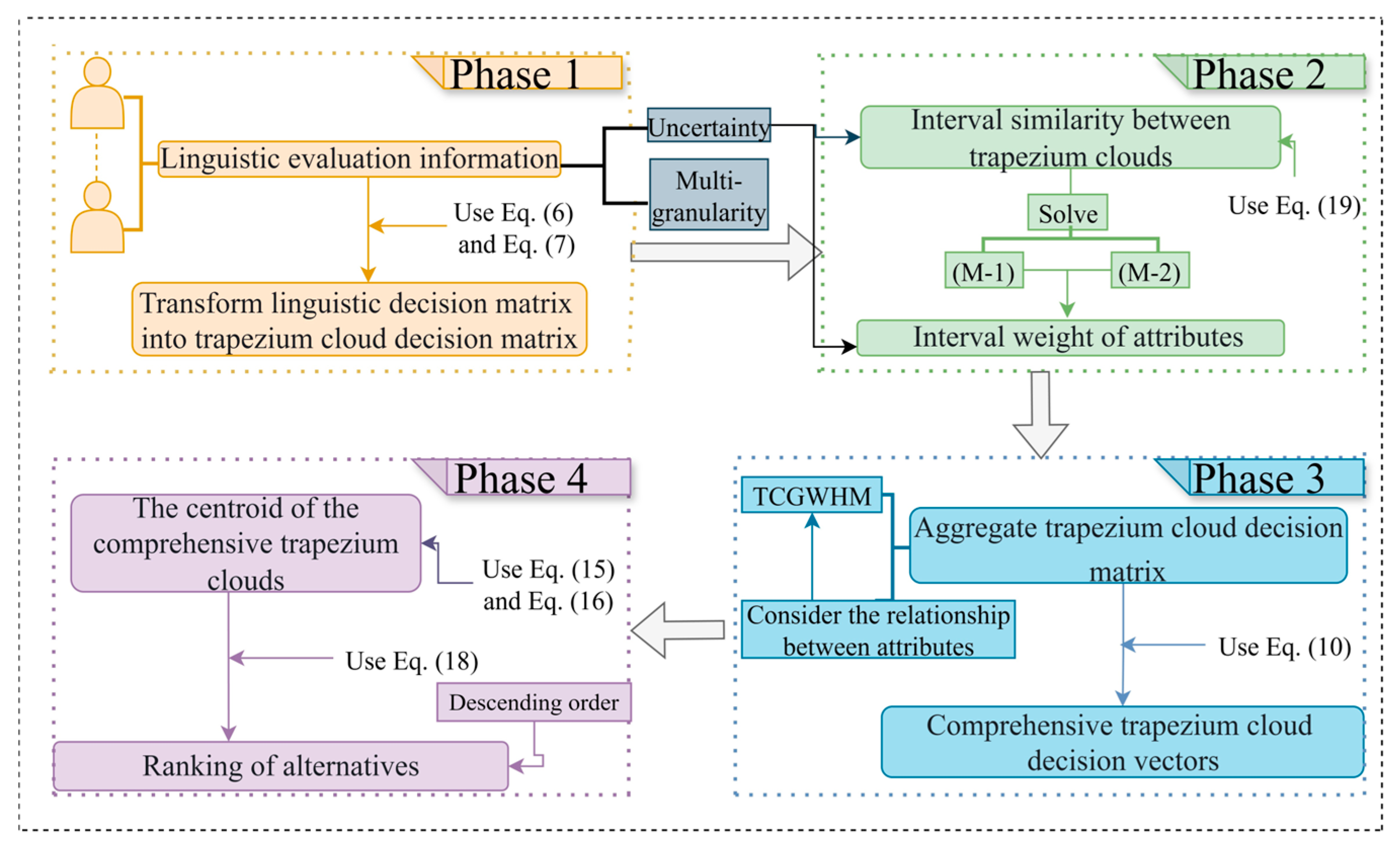
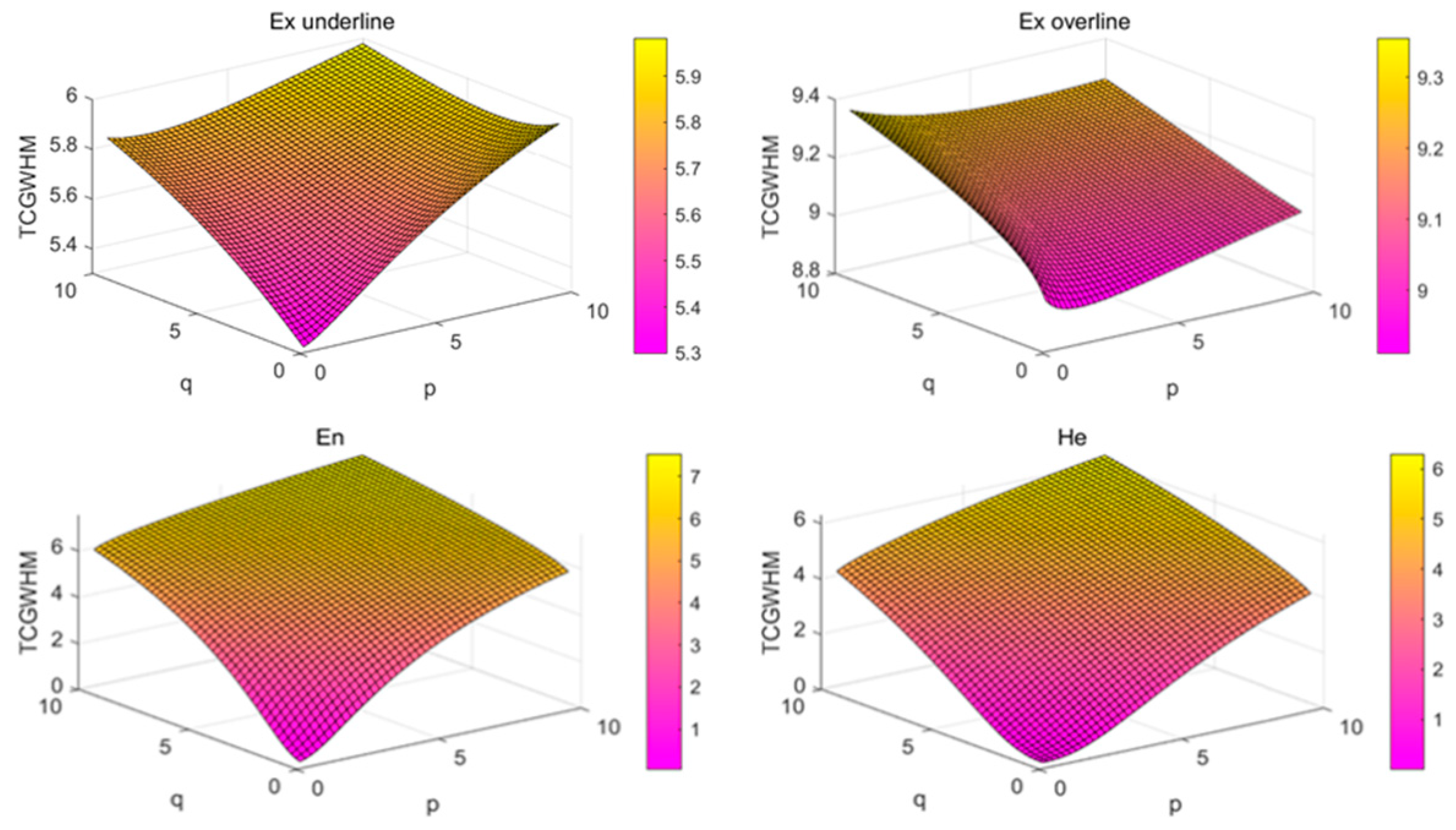
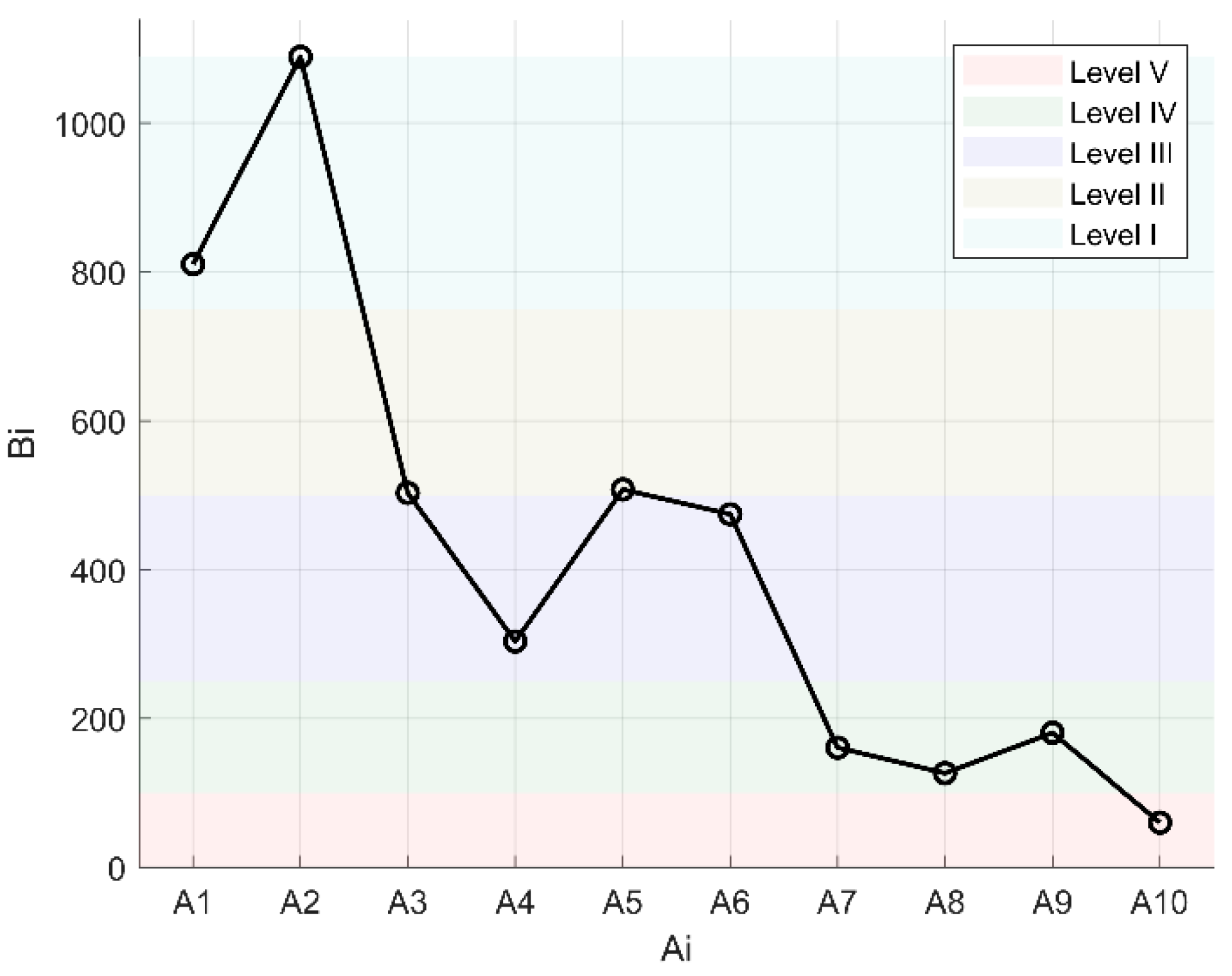
 ” means that the conclusion is not reasonable or the trapezium cloud cannot be ranked.
” means that the conclusion is not reasonable or the trapezium cloud cannot be ranked.






